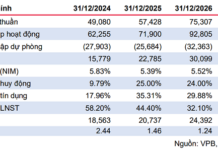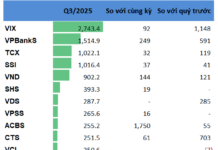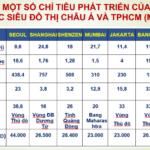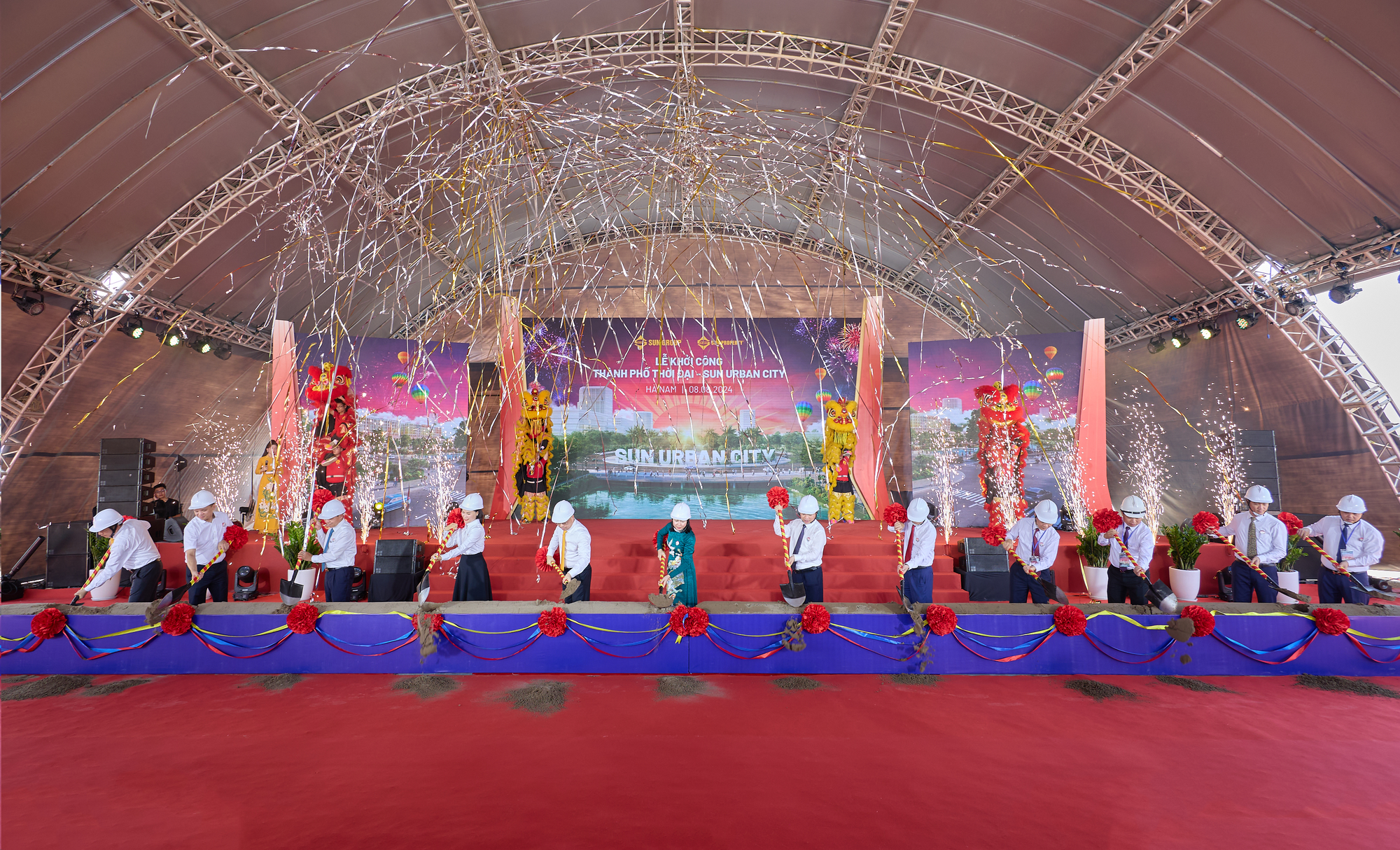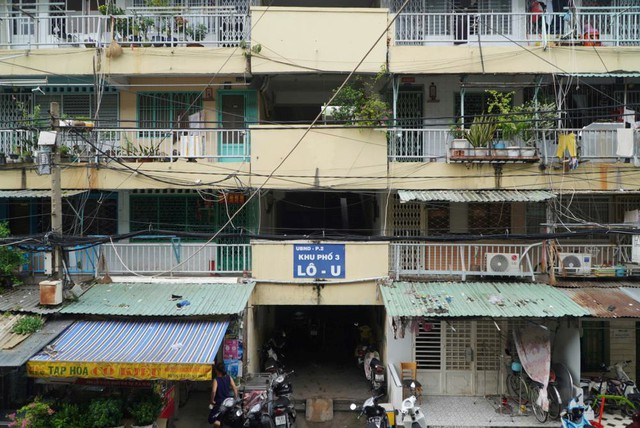
Illustrative Image
|
Among these, 9 apartment buildings have been inspected and mandated for relocation or demolition but have not yet been completed. These include:
Building No. 47 Long Hưng, Tân Sơn Nhất Ward, and Building No. 40/1 Tân Phước, Tân Hòa Ward. In 2022, the Department sent a document requesting the People’s Committee of Tân Bình District (before the merger) to promptly review and propose adjustments to the 1/2000 scale zoning plan to serve as a basis for calling for investment, in accordance with the directives of the Ho Chi Minh City People’s Committee.
Building No. 170-171 Tân Châu Road, Tân Hòa Ward, has been converted to educational land for the construction of Branch 2 of Trần Văn Ơn Primary School.
Building No. 155-157 Bùi Viện Road, Bến Thành Ward, has received approval from the People’s Committee for adjustments to the detailed urban construction planning project at a 1/2000 scale (zoning plan) for the 930-hectare Existing Central Area of Ho Chi Minh City, specifically block S6.
Building No. 11 Võ Văn Tần Road, Xuân Hòa Ward, has been recommended by the Department of Construction to be removed from the list of renovation, relocation, and demolition projects for new construction of apartment buildings built before 1975.
For the 4 apartment buildings including Trúc Giang in Xóm Chiếu Ward, Vĩnh Hội (Blocks A, B, C) in Khánh Hội Ward, old Tôn Thất Thuyết (Blocks A, B, C) in Khánh Hội Ward, and old Hoàng Diệu (Block Y) in Khánh Hội Ward, the Department has approved the outline and budget for adjusting the detailed urban construction planning project at a 1/2000 scale for the Inter-Ward Residential Area. Currently, the Ward People’s Committee is the responsible agency for organizing, appraising, and approving according to regulations.
The remaining 10 projects have not yet concluded inspections requiring relocation or demolition but must proceed with urban renewal and new construction.
The Ngô Gia Tự apartment complex in Vườn Lài Ward has relocated and demolished one block but has not yet relocated or demolished the remaining blocks, nor has it proposed calling for investment. Currently, the Vườn Lài Ward People’s Committee is in the process of preparing a detailed 1/500 scale plan as required.
For the remaining 9 apartment complexes, the determination of planning and architectural indicators to serve the program of renovating, repairing old apartments, and constructing new ones to replace dangerous and severely damaged old apartments built before 1975 in the city will be considered during the preparation of related zoning plans.
In early 2025, the Ho Chi Minh City People’s Committee issued a decision approving the Project for Renovating and Reconstructing Old, Damaged, and Deteriorated Apartment Buildings in the area.
Accordingly, Ho Chi Minh City aims to complete by 2030 the basic preparatory work for renovating and reconstructing apartment buildings built before 1975 and those built from 1975 to 1994. It also aims to complete the repair, upgrade, and reinforcement of Grade B and Grade C apartment buildings constructed before 1975.
For the 16 Grade D apartment buildings, the city aims to complete new construction for 7 severely damaged and dangerous Grade D buildings built before 1975, as well as for 9 severely damaged and dangerous Grade D buildings built before 1975 and any additional Grade D buildings. It also aims to complete the repair, upgrade, and reinforcement of Grade B and Grade C apartment buildings constructed from 1975 to 1994.
By 2035, the city aims to complete the renovation and reconstruction of old apartment buildings constructed before 1975, as well as to complete the renovation and reconstruction of severely damaged and dangerous Grade D buildings or those that have reached the end of their service life, built from 1975 to 1994.
– 14:18 18/11/2025
Vietnam’s TOD Urban Revolution: Unlocking the Potential of Next-Gen Megacities
The Transit-Oriented Development (TOD) model is an essential strategy for creating modern, sustainable living spaces and addressing land scarcity in major urban areas, particularly in Ho Chi Minh City. By integrating urban development with public transportation, TOD fosters efficient land use, reduces congestion, and enhances quality of life, making it a cornerstone for future-ready cities.
International Financial Center Poised to Spark New Surge in Ho Chi Minh City’s Central Real Estate Value
According to Prof. Dr. Trần Đình Thiên, former Director of the Vietnam Institute of Economics, the development of an International Financial Center (IFC) in Ho Chi Minh City is not merely an economic project but must be regarded as the city’s new “nucleus of accumulated energy.”





